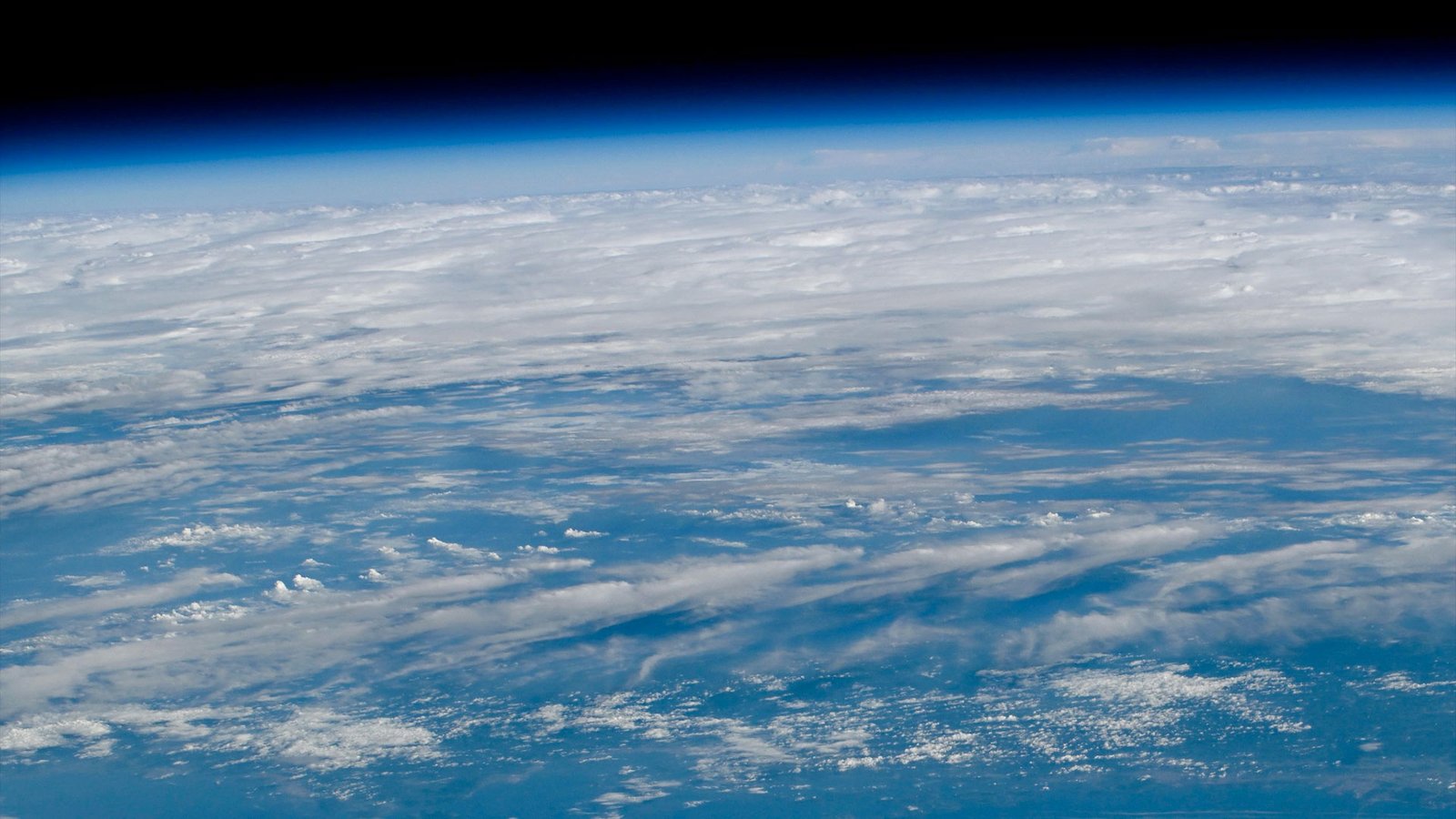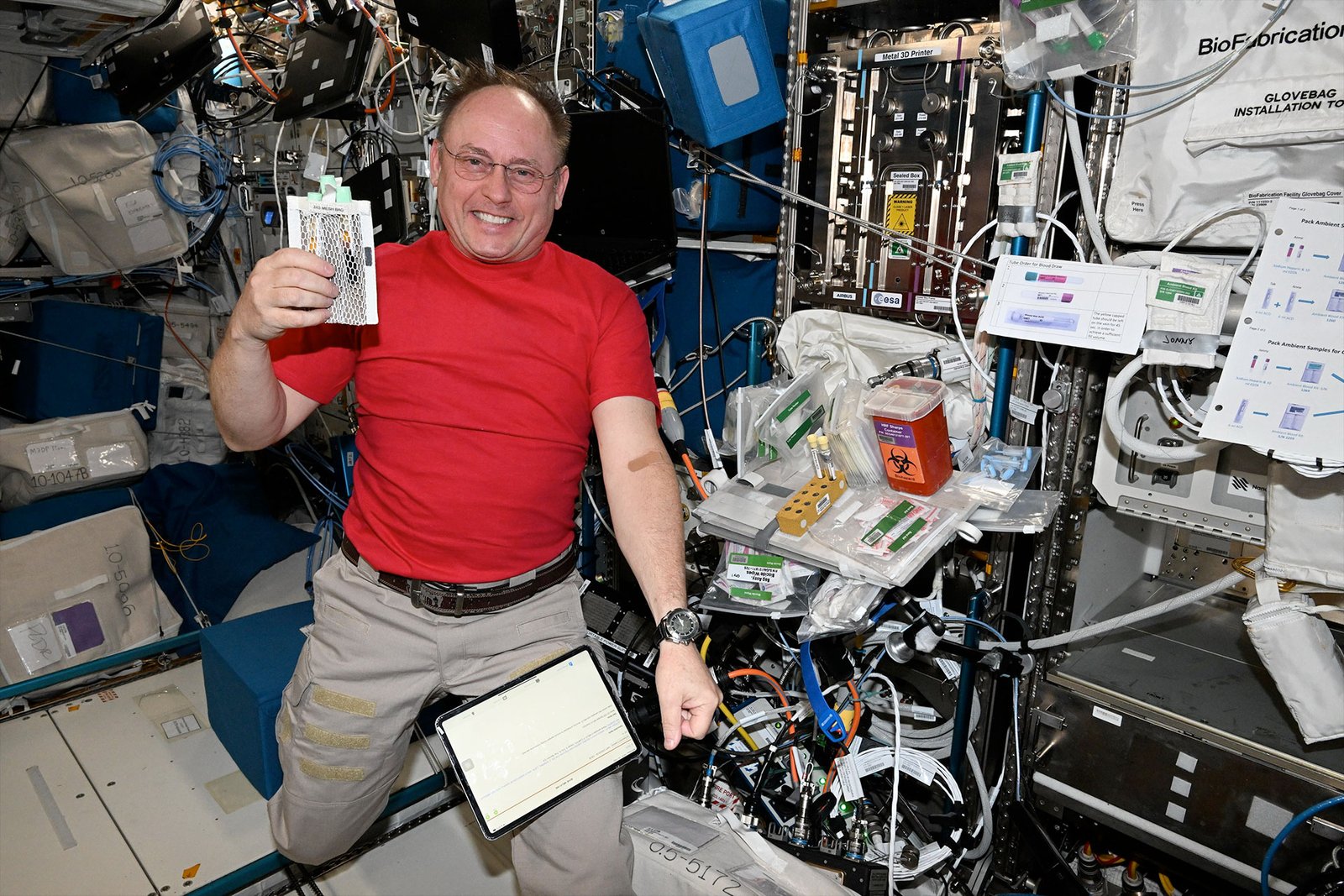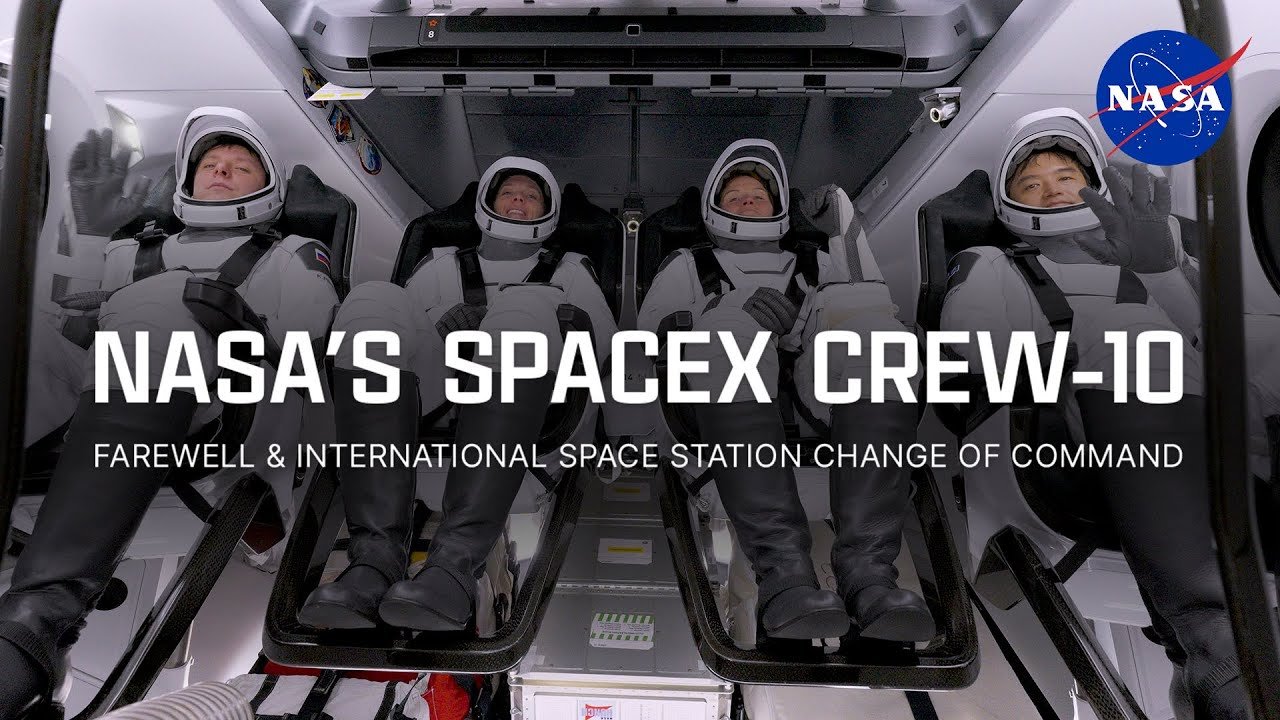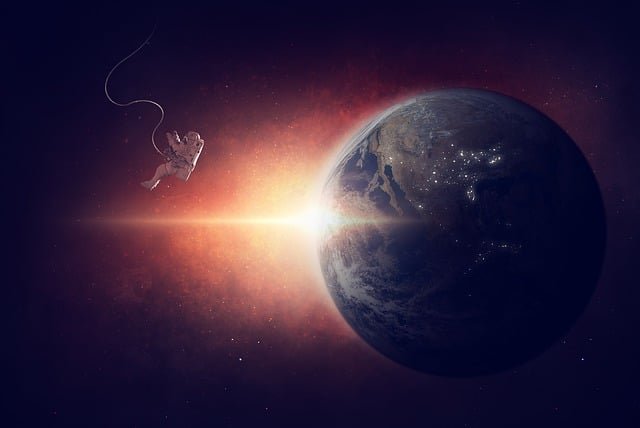
(Image credit: NASA/JAXA/Kimiya Yui)
The Expedition 73 crew briefly grew to 11 members last Saturday (Aug. 2) but then quickly receded back to seven with the departure on Friday (Aug. 8) of SpaceX’s four-person Crew-10 mission. Most of this week was spent familiarizing the new arrivals with their home for the next six to eight months and preparing for the departure of Endurance, Crew-10’s Dragon capsule.
Orbital observation
“Want to go to the moon or even Mars? I do!”
That was the sentiment expressed by Mike Fincke, who arrived at the International Space Station with SpaceX’s Crew-11 mission last Saturday (Aug. 2). A veteran space traveller — this is his fourth time on the ISS — Fincke quickly settled into his orbital home and began preparing for the day that he and others can go farther away from Earth.
“I contributed to the science that will help humans thrive in the solar system. Today was my first blood draw!” Fincke wrote on social media on Thursday (Aug. 7), captioning this photo of him holding up his contribution. “The samples are now frozen and will be studied on Earth. More samples are in my future.”

Science status
Among the research that was conducted by the Expedition 73 crew aboard the space station this week was:
Muscle Stimulation — Before departing for home, flight engineer Nichole Ayers took one more turn using electrical pulses to stimulate her leg muscles in an attempt to find a way to augment daily exercise as a protection against bone and muscle loss. Fellow NASA astronaut Jonny Kim assisted Ayers in sending the signals and collecting the data returned.
Drain Brain 2.0 — Newly arrived flight engineers Mike Fincke of NASA and Kimiya Yui of JAXA picked up where prior crew members left off, now becoming the subject of an experiment to measure how blood flows from the heart to her brain in microgravity. Both astronauts wore electrodes on their necks and chests to collect data on the changes to their bodies as a result of blood pooling nearing their heads.
Cosmonauts Sergey Ryzhikov and Alexey Zubritsky also studied their blood circulation, focusing on the flow from their hearts to the arms and hands. The data they collected will help doctors increase their understanding and develop better countermeasures to the stresses the vascular system experiences during long-duration spaceflight.
Station keeping
Much of the Expedition 73 crew’s time this week was devoted to the recent arrival of SpaceX’s Crew-11 astronauts and cosmonauts and the departure of the Crew-10 members.
Fiber optics — Crew-10 commander Anne McClain worked together with Crew-11 commander Zena Cardman inside the European Space Agency’s (ESA) Columbus lab to set up the equipment needed to manufacture optical fibers. The quality of the cable generated in microgravity surpasses what can be produced on Earth.
Astronaut activity
NASA’s SpaceX Crew-10 Farewell and International Space Station Change of Command – YouTube

Before they left the space station, NASA astronauts Anne McClain and Nichole Ayers, JAXA astronaut Takuya Onishi and Roscosmos cosmonaut Kirill Peskov — the four members of SpaceX’s Crew-10 mission — gathered with their colleagues of the past five months and newly arrived replacements to bid farewell on Tuesday (Aug. 5). They also transferred command of Expedition 73 from Onishi to Sergey Ryzhikov of Roscosmos.
“You are in good hands, so I am sure the second half of Expedition 73 will be even better,” said Onishi, addressing the members of SpaceX’s Crew-11, Zena Cardman and Fincke of NASA, JAXA’s Kimiya Yui and Oleg Platonov of Roscosmos. “Crew 10 is now leaving, but the science will continue here because this place is an outpost for human beings to advance our technology and to explore farther.”
By the numbers
As of Friday (Aug. 8), there are 7 people aboard the International Space Station: Expedition 73 commander Sergey Ryzhikov of Roscosmos; fellow cosmonauts Alexey Zubritsky and Oleg Platonov; Jonny Kim, Zena Cardman and Mike Fincke of NASA; and Kimiya Yui of JAXA, all flight engineers.
There are two docked crew spacecraft: SpaceX’s Dragon “Endeavour” attached to the zenith port of the Harmony module and Roscosmos’ Soyuz MS-27 attached to the Earth-facing port of the Prichal node.
There are two docked cargo spacecraft: Roscosmos’ Progress MS-30 (91P) attached to the aft port of the Zvezda service module, and Progress MS-31 (92P) docked to the space-facing port of the Poisk module.
As of Friday, the space station has been continuously crewed for 24 years and 9 months and 6 days.
Join our Space Forums to keep talking space on the latest missions, night sky and more! And if you have a news tip, correction or comment, let us know at: community@space.com.


